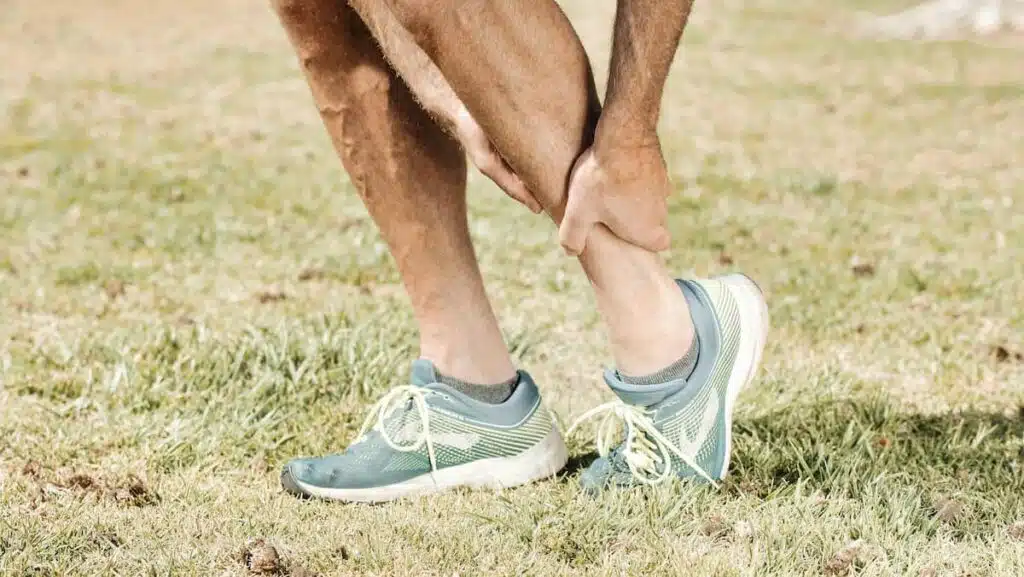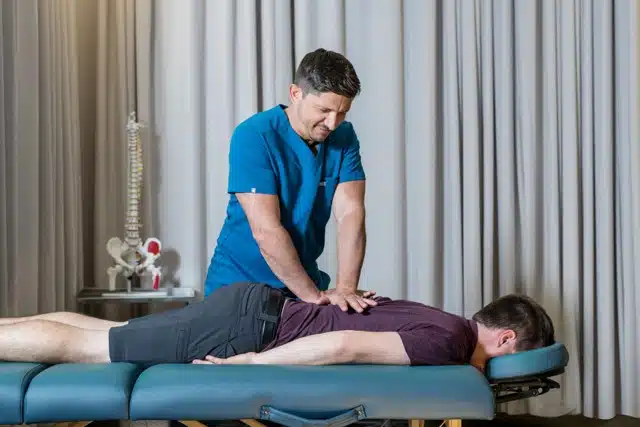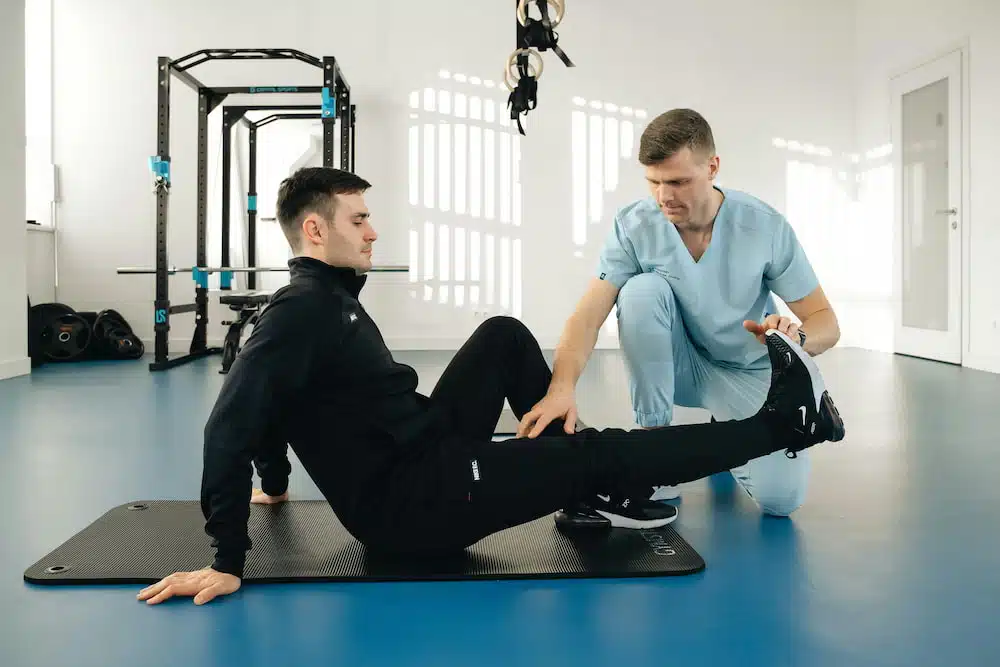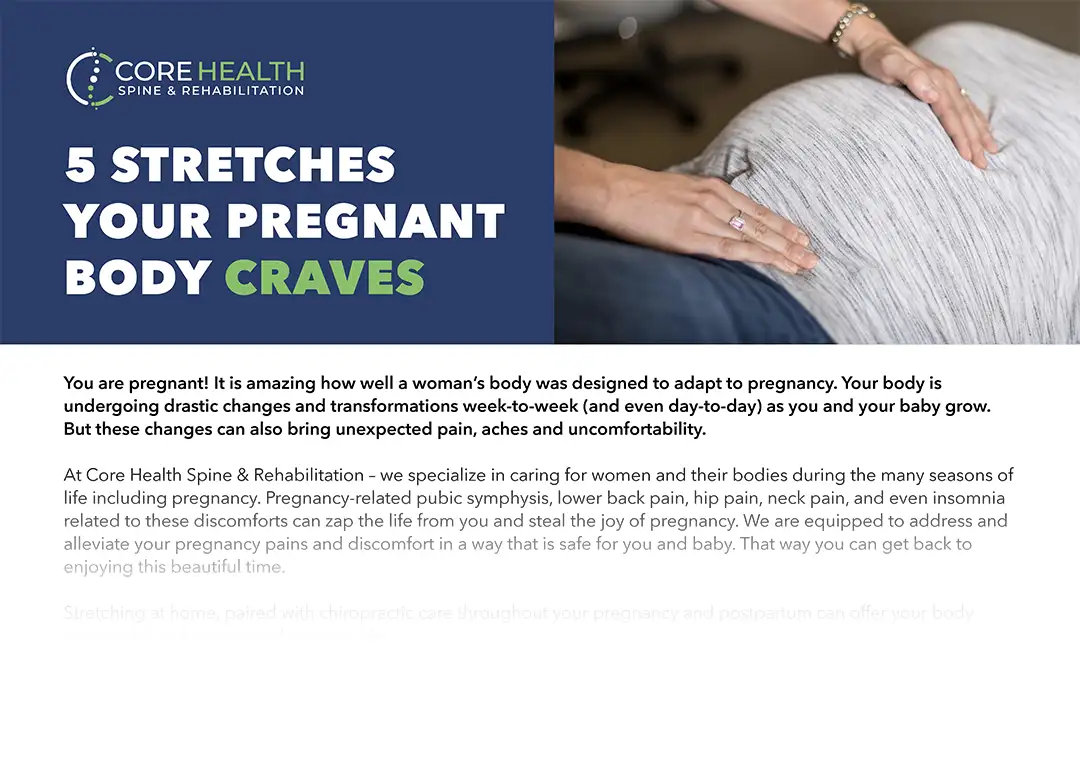Chiropractic Techniques and Physical Rehab for Repetitive Strain Injuries

Computer programmers work their nine-to-fives constantly typing away at a keyboard. While they aren’t performing intense physical labor like, say, a construction worker, did you know they can still sustain injuries due to their work?
Repetitive strain injuries (RSIs) occur when you perform repetitive actions, like typing or picking items up, for a long time. They’re so common that 9% of Americans have an RSI in some form. Fortunately, chiropractic techniques and physical rehab for RSIs have long proven to be effective noninvasive solutions for treating and managing their symptoms.
Let’s explore various chiropractic and physical rehabilitation approaches to help you enjoy a holistic RSI management and recovery process.
What Are Repetitive Strain Injuries?
Repetitive strain injuries happen due to repetitive movements or sustained awkward positions. They typically affect muscles, tendons, and nerves, thereby triggering these symptoms in the affected area.

- Pain
- Stiffness
- Swelling
- Tingling
- Numbness
- Weakness
These symptoms worsen over time if left untreated, leading to chronic pain and poor mobility. As such, immediate repetitive strain injury treatment is necessary so that you can get back to your daily routine pain-free.
Common Types of RSIs
Repetitive strain injuries are an umbrella term for several conditions caused by repetitive motions.
Carpal Tunnel Syndrome
Carpal tunnel syndrome is one of the most prevalent hand injuries worldwide, affecting up to 5% of the general population. It happens when your wrist swells due to excessive strain and puts pressure on the median nerve in the carpal tunnel of your wrist. It causes tingling and weakness in the affected muscles, particularly your fingers and thumb.
Tendinitis
Do your joints feel swollen, painful, and immovable? You might have tendinitis or inflamed tendons—thick tissues connecting muscle to bone, facilitating movement. All tendons can develop tendinitis. That said, it most frequently occurs in the shoulders, elbows, wrists, knees, and heels since they’re some of the most used tendons in your body.
Bursitis
Bursae are tiny, fluid-filled sacs surrounding your bones, tendons, and muscles that keep them from wearing down due to friction. However, repetitive motion can cause them to become inflamed and make moving the affected joints challenging and painful. Bursitis typically occurs in the shoulder, elbow, and hip but can occur in other heavily used joints.
Chiropractic Techniques for Repetitive Strain Injuries
You don’t have to endure pain and immobility from RSIs. Chiropractic care offers noninvasive pain relief that will help you return to your daily routines in no time.

1. Spinal Adjustments
Chiropractors are experienced in making short, quick thrusts (called adjustments) to your spinal column to alleviate pain from nerve interference, tense muscles, or achy joints. This process relieves stress on your musculoskeletal system, allowing you to heal faster and more effectively from repetitive strain injuries.
2. Soft Tissue Therapy
This treatment uses techniques like myofascial release, deep tissue massage, and trigger point therapy to relieve deep-seated tension and relax muscles. They directly target the areas most affected by your injury, allowing you to heal more comfortably and recover much of your flexibility and mobility.
3. Joint Mobilization
Many RSIs target joints, making limbs more painful to bend or rotate. Chiropractors address this problem via mobilization—gently moving the affected joint to reduce stiffness and gradually minimize pain, restoring normal movement over time.
Physical Rehabilitation in Managing Repetitive Strain Injuries
Depending on its severity, an RSI can cause the affected muscles or joints to lose function. Physical rehabilitation is necessary to help you move normally again in such cases.
1. Therapeutic Exercises and Stretching

Much of physical rehabilitation involves targeted exercises and stretching routines. These practices seek to strengthen, improve flexibility, and enhance the overall function of your affected muscles. Most importantly, they help correct poor body mechanics or movement patterns to prevent the recurrence of RSIs.
2. Ergonomic Assessments and Adjustments
Work and daily routines are what cause RSIs. Physical rehabilitation specialists assess your work and home environment to spot factors contributing to your injury. Using their findings, they recommend ergonomic adjustments—such as modifying workstations or using supportive equipment—to minimize strain and prevent further injury.
3. Personalized Rehab Programs
No two instances of RSI are entirely the same, so there isn’t a one-size-fits-all approach to physical rehab. Instead, rehabilitators develop personalized treatment programs tailored to your unique RSI symptoms, occupation, and recovery goals. They typically include therapeutic exercise, manual therapy, and patient education for a multifaceted coverage.
Combining Chiropractic Care and Physical Rehabilitation
Chiropractic care relieves tension within your musculoskeletal system that causes RSIs, while physical rehabilitation ensures full recovery and prevents other symptoms from manifesting. As such, combining chiropractic techniques and physical rehab for repetitive strain injuries gives you a more holistic solution that addresses immediate symptoms and their underlying causes.

Let’s circle back to our earlier example of a computer programmer with an RSI on their wrists. A chiropractic plan for his repetitive strain injury treatment might utilize manual adjustments to correct misalignments in the wrists and hands, relieving nerve pressure and alleviating pain. Then, under physical rehabilitation, the patient will likely do exercises to improve their wrists’ range of motion.
It’s also crucial to remember the importance of follow-up visits. Chiropractors and physical rehabilitators will use these meetings to monitor your progress and adjust your treatment plan as needed, ensuring your optimal recovery.
Seek Expert Chiropractic Care and Physical Rehabilitation at Core Health Spine & Rehabilitation!
Chiropractic techniques and physical rehab for repetitive strain injuries are effective individually. But together, they provide a more comprehensive approach to recovery. By focusing not only on your symptoms but also dealing with what triggered them in the first place, you can manage RSIs more effectively and prevent future injuries down the line.
Look no further than Core Health Spine & Rehabilitation for tried-and-tested chiropractic and physical rehab programs. With our guidance, you can start managing discomfort and lead a more active and fulfilling life for the long term!



